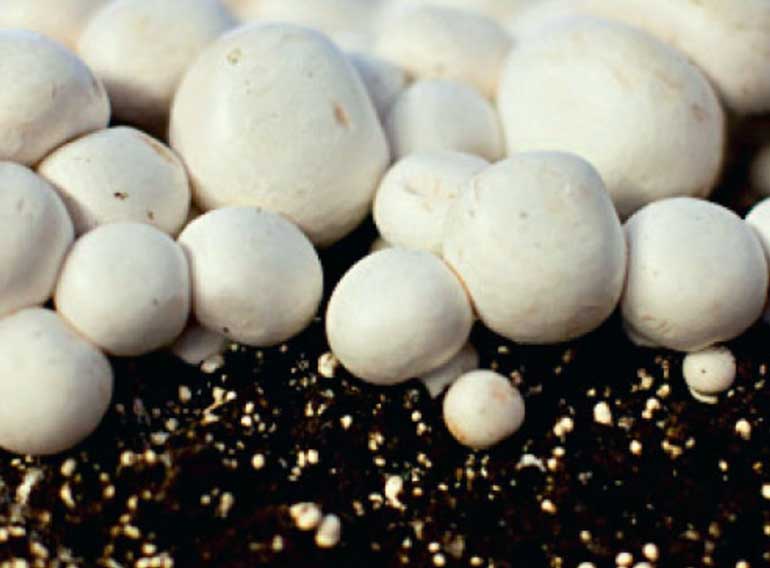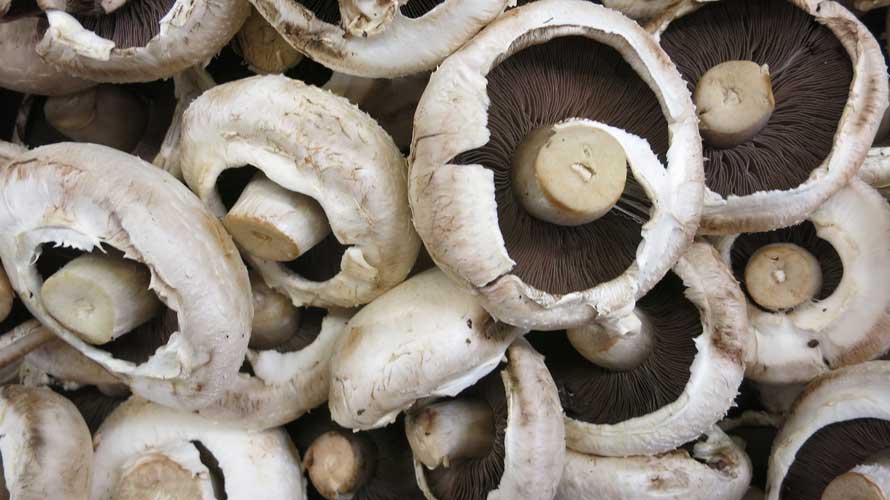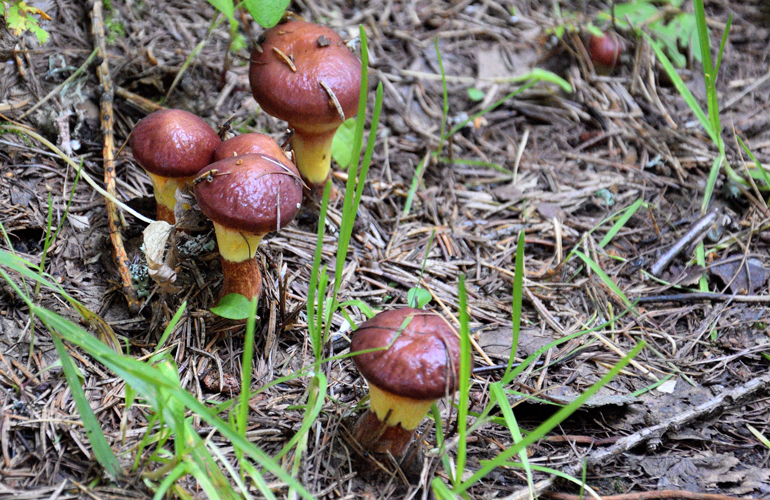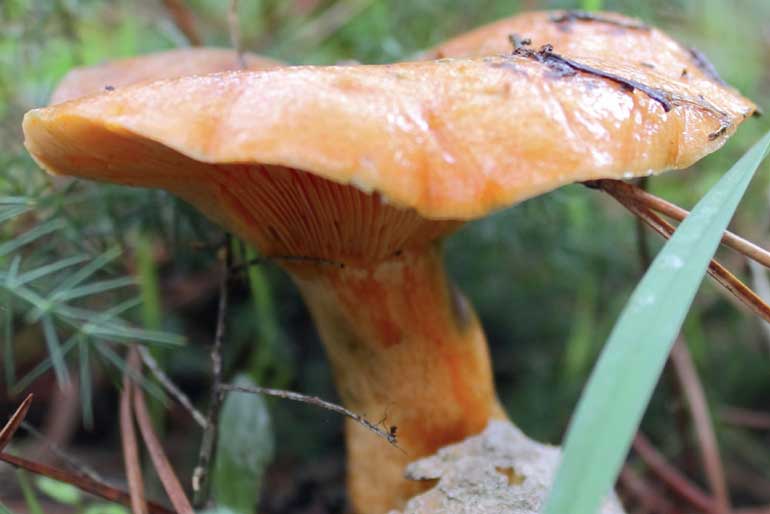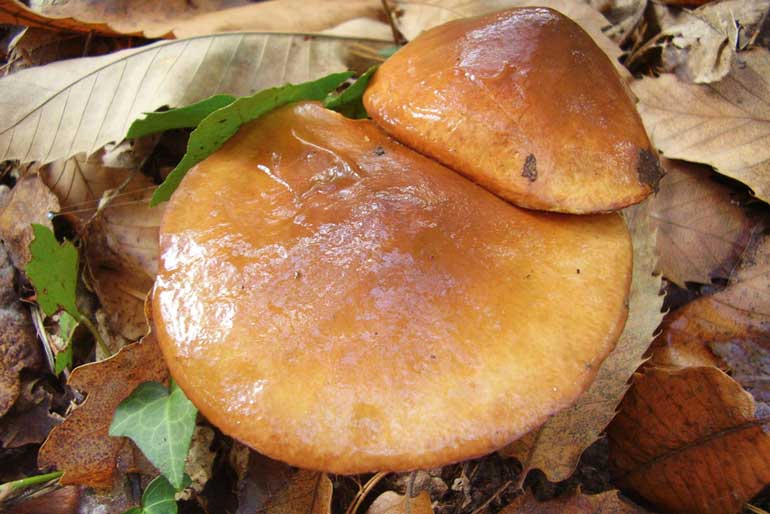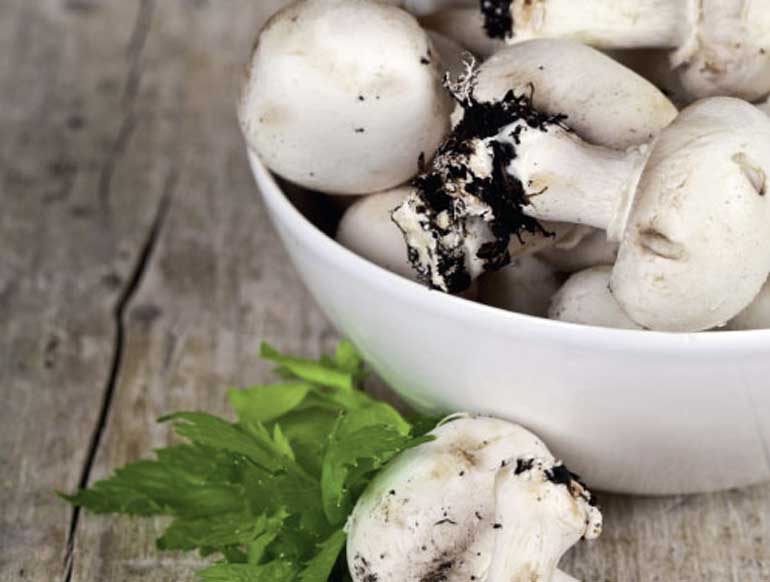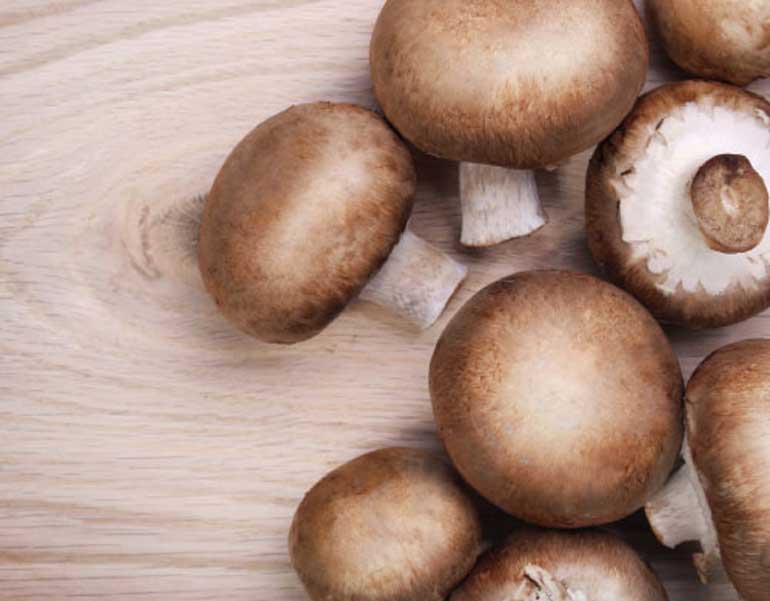Your ultimate mushroom growing guide
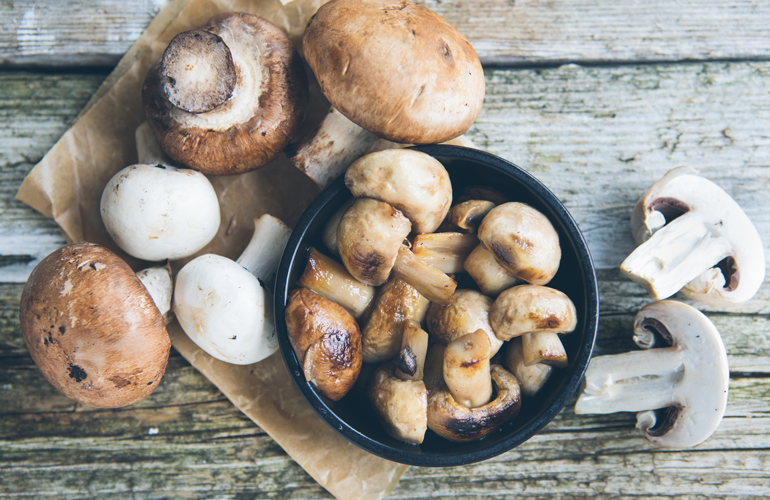
They may be small in size, but mushrooms are big on nutritional benefits.
With virtually no sodium or fat, they’re cholesterol free, contain the B vitamins niacin and riboflavin, and are a good source of dietary fibre.
Tasty and versatile, they’re used raw or cooked in a number of ways.
More than 85% of Australian households purchase fresh mushrooms on a regular basis. According to the Australian Mushroom Growers’ Association, they are the second most valuable fresh vegetable crop grown in this country after potatoes.
Mushrooms can be grown at home without any special equipment, and you don’t need a garden as you can use a kit and cultivate them indoors.
To grow white button and Swiss brown mushrooms indoors, just add water and keep the kit in a dark, moist spot. The spore of the more exotic oyster and shiitake can be grown on a mushroom board, wood or straw.
Depending on the variety, you can be harvesting mushrooms in three to five weeks’ time.
Use the kit contents as fertiliser when finished.
Raising from kit
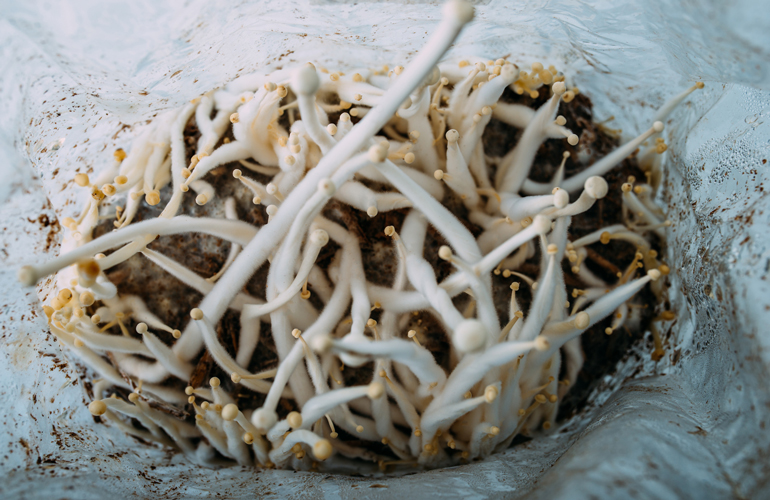
To cultivate your own mushrooms purchase a grow your own mushroom kit from your local hardware or garden store.
Most come with instructions and pasteurised compost that is pre-seeded with spawn and casing.
Step 1. Open the bag of compost
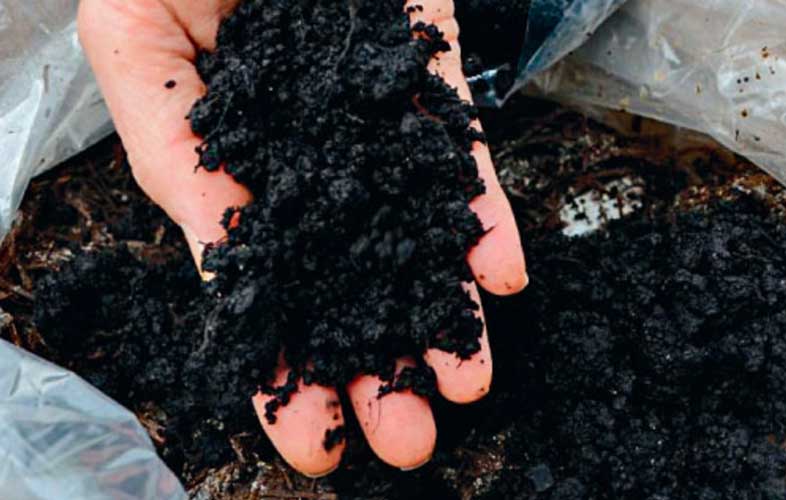
Open the large bag of mushroom compost.
Leave it in the box and spread the small bag of peat moss on top.
Water with a fine spray and keep moist while the mushrooms are growing.


